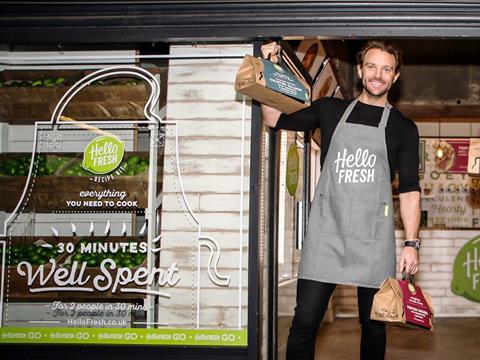
Recipe kits could be about to go mainstream. This week, HelloFresh revealed it was venturing into retail with a listing in Sainsbury’s.
The supermarket will initially stock its £10, two-person meal kits in 35 stores in London and the South East with a view to a nationwide rollout. It could be the moment that propels HelloFresh beyond the recipe box market - currently estimated to account for under 1% of UK grocery spend - to a wider audience. The move is on trend, with supermarkets dipping their toes into own-brand kits and Gousto mulling a partnership with the Co-op. Then again, Waitrose’s trial of Dinner for Tonight bags turned out to be short-lived.
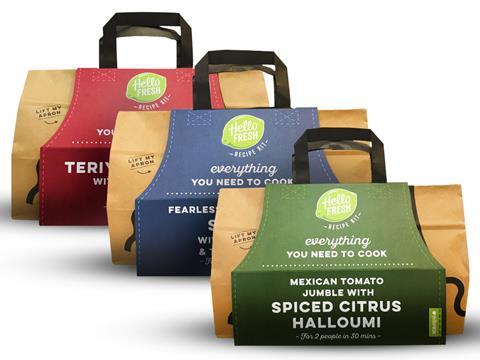
So do recipe box companies have what it takes to break the in-store environment?
HelloFresh co-founder and head chef Patrick Drake is confident the answer is yes. The decision to launch into supermarkets came off the back of its customer feedback surveys, which receive 80,000 a replies a month, he stresses. “This product isn’t just instinctively what we thought was correct.” Although the retail product may appear to remove a key selling point - getting food delivered directly to your door - he insists there is an appetite. Plus he believes a supermarket presence could enable the brand to reach a wider customer base. “We wanted to give more people the chance to use Hello Fresh and we know that while the subscription model works for many people, there are some people who like the spontaneity of deciding to go and pick something up,” he explains.
So far, so sensible. But what will make hungry, convenience-led consumers pick up a HelloFresh product as opposed to the other quick meal fixes? It isn’t the cheapest scratch cooking option on the market - the Scratch brand by Michel Roux costs £5.99 per two-person kit (and is currently on buy one, get one half price at Waitrose). These kits aren’t in Sainsbury’s but it does have plenty of cheaper convenience options, such as its Taste the Difference ready meals for £3.60.
Ingredient awareness
Drake doesn’t see the premium price as a problem. Customers indicated they would be happy to pay £10 in its research - plus its pop-up shop in London’s Old Street station selling kits at that price elicited a “great response”.
He believes there is a clear reason why customers would choose Hello Fresh over ready meals. “You will have value options but a HelloFresh dinner you can cook from scratch. We are becoming really aware of what’s in our food and it’s heartening to see customers are more aware of high sugar content and high saturated fat. We can empower them to know exactly what’s going into their food.”
Other in-store kits
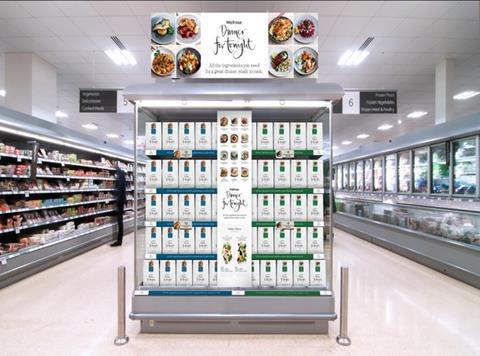
Waitrose: The retailer trialled Dinner for Tonight kits, priced at between £8 and £12, in 20 stores in October. It has since dropped the products.
Tesco: Its £8 kits went live in 12 stores in November, and Tesco says the trial is going “really well”.
Gousto: The recipe box company is surveying its customers on a potential tieup with the Co-op.
Chris Blythe, director of the Brand Nursery, can see his point. “It’s a smart move in that home cooking is on trend. This can make you feel like you’re cooking a gourmet meal yourself. I think with all the talk of obesity, cooking from scratch also gives you a sense of control over what you are eating.”
However, Blythe warns that supermarkets’ own attempts to crack this market “didn’t seem to stick”. Most notably, Waitrose abandoned its trial of Dinner for Tonight kits after a short trial in favour of providing meal suggestions at meat and fish coutners. Blythe questions whether these kits can really attract high volumes of repeat customers.
This is exactly what makes Bryan Roberts, analyst at TCC Global, doubtful of the entire in-store concept. “There are some elements of the HelloFresh product that are attractive, such as having the precise amount of ingredients for each recipe and being able to try different meals. But the beauty of the recipe box market and the premium you are paying is for the convenience of home delivery,” he says. “You might get one sometimes to treat yourself if you enjoy cooking, but I can’t see it being a frequent part of many people’s lives.” This could be a problem when fresh products need to “achieve some traction pretty quickly” to avoid ending up on clearance, he says.
Demand may depend on location. Greg Vallance, managing partner of Honey Creative, believes the kits have the potential to do well in Sainsbury’s Local stores, which cater for customers just “popping in” for that evening’s dinner options.
But Shore Capital analyst Clive Black believes they will ultimately be a niche proposition. The home delivery service appeals predominantly to ‘affluent achiever’ and ‘rising prosperity’ groups, which are most prevalent in London, according to data from CACI. Black believes the appeal of the £10 retail product will be much the same. “We are some years if not decades away from it being mass market,” he argues. “We’re talking about something very aspirational and metropolitan.”
Still, the fact Hello Fresh is thinking outside its recipe box format shows ambition - and a place on the shelves of a major retailer can only boost brand awareness. As Black says, this could prove a small yet strategically significant bit of extra revenue for the brand. “It shows HelloFresh is generating momentum and giving the customer a bit more choice.” And, as we’ve seen with snack brand Graze, reversing an online business into a supermarket can be the catalyst for fantastic growth.









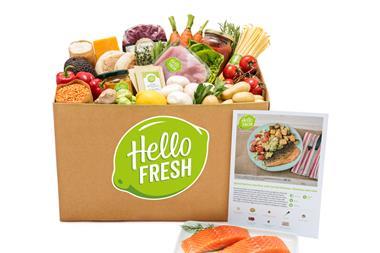


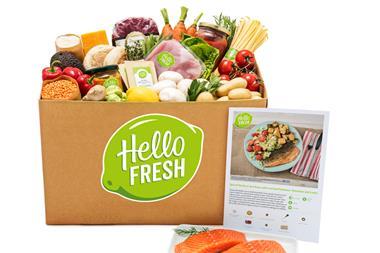






3 Readers' comments